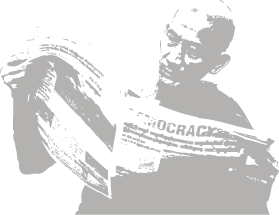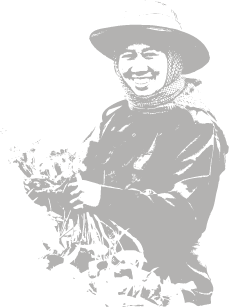

Citizen initiatives
The Embassy of France in Myanmar supports civil society organizations involved in the preparation of 2015 general elections. The projects have been selected in the field of voter education, media capacity and election monitoring, with a strong focus on gender and marginalized population’s inclusion .
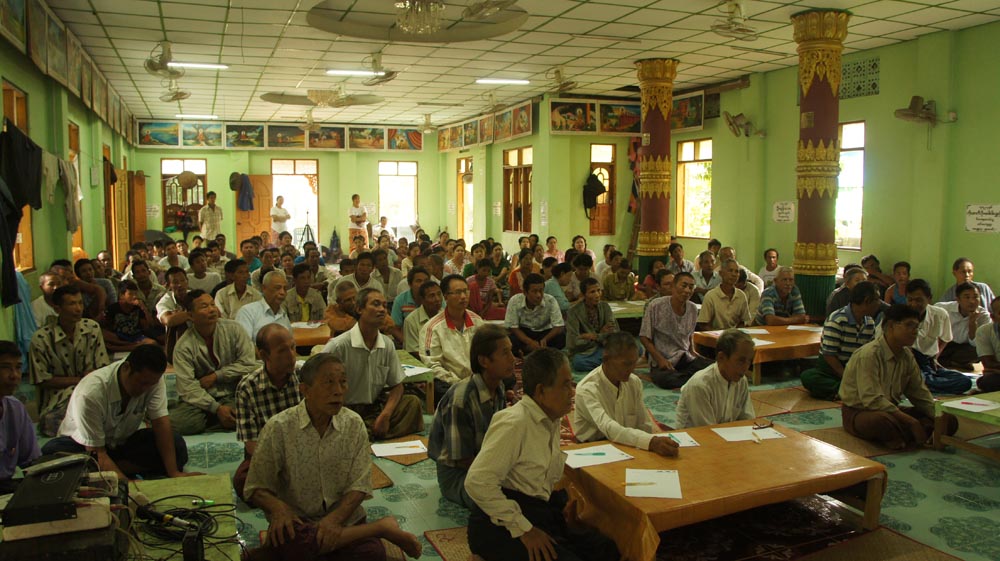
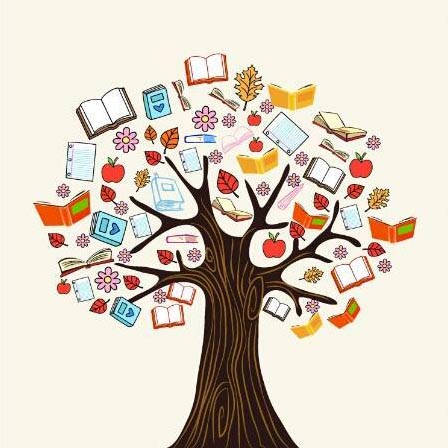 • Generation Tree
This young women based Civil society organization managed 15 voter education trainings in the region of Mandalay and in Mon and Shan States. Its enthousiasm and its dynamism allowed it to not only sensitize many citizens on elections' stakes, but also to ease the dialgue between communities and local authorities.
• Generation Tree
This young women based Civil society organization managed 15 voter education trainings in the region of Mandalay and in Mon and Shan States. Its enthousiasm and its dynamism allowed it to not only sensitize many citizens on elections' stakes, but also to ease the dialgue between communities and local authorities.
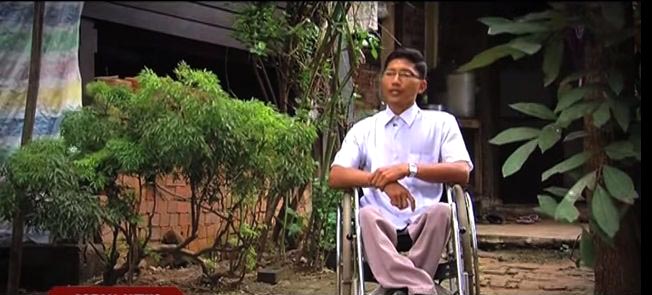 • Myanmar Centre for Inclusive Development
Association dedicated to the promotion of disable people's rights, MCID is leading a study on the access to the electoral process, sentizes key stakeholders (politcal parties and medias) to the issue of accessibility via voter education training and is producing a short advocacy film on disable people's access to elections.
• Myanmar Centre for Inclusive Development
Association dedicated to the promotion of disable people's rights, MCID is leading a study on the access to the electoral process, sentizes key stakeholders (politcal parties and medias) to the issue of accessibility via voter education training and is producing a short advocacy film on disable people's access to elections.
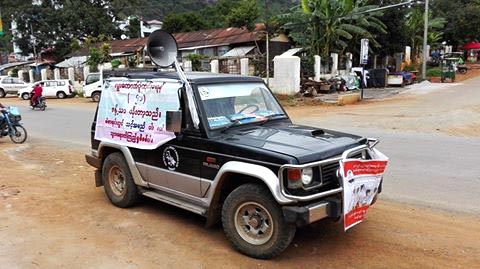 • Kan Baw Zar Youth Library
Civil society organization and library, KBZ Youth has been travelling around the Shan State from July to September, calling for citizens to check the voter lists and organizing voter education trainings where it is most needed, in remote areas.
• Kan Baw Zar Youth Library
Civil society organization and library, KBZ Youth has been travelling around the Shan State from July to September, calling for citizens to check the voter lists and organizing voter education trainings where it is most needed, in remote areas.
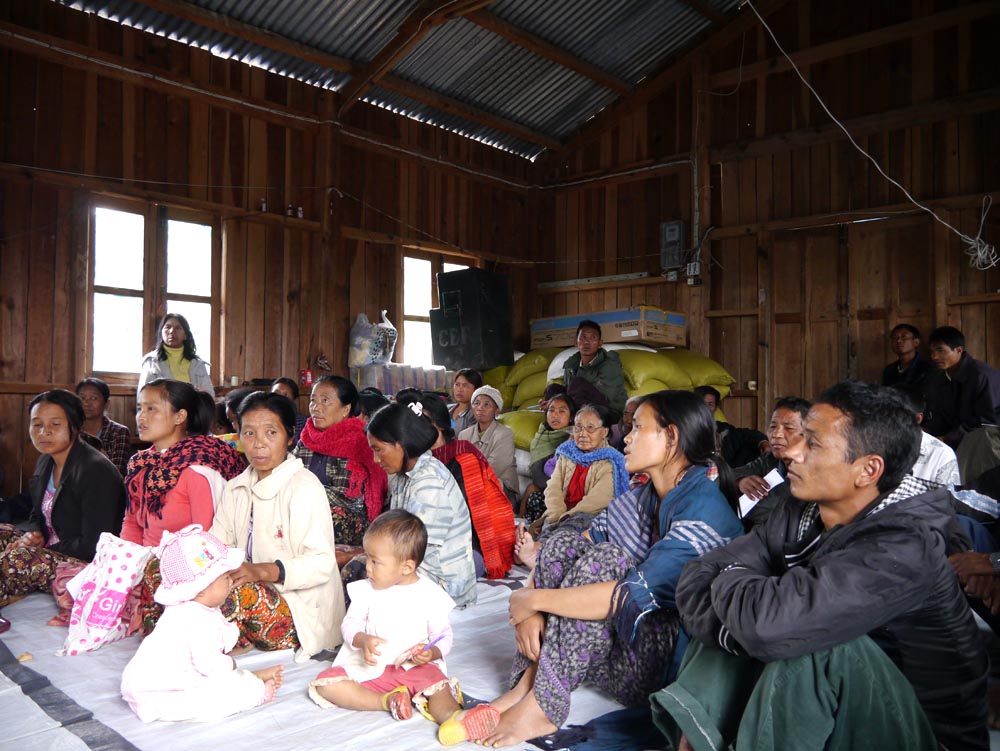 • Community Agency for rural Development
Thanks to this civil society organization based in the remote Chin State, in the North-west of the country, ethnic population extremely isolated from 45 villages access to voter education trainings, before decisive elections.
• Community Agency for rural Development
Thanks to this civil society organization based in the remote Chin State, in the North-west of the country, ethnic population extremely isolated from 45 villages access to voter education trainings, before decisive elections.
• Media for Community This association has organized two journalist trainings with a focus on elections to ethnic women from Chin State, North-west Myanmar. This projects is not only an opportunity for the beneficiaries to develop their skills, it's also a way to facilitate the diffusion of information from isolated areas.
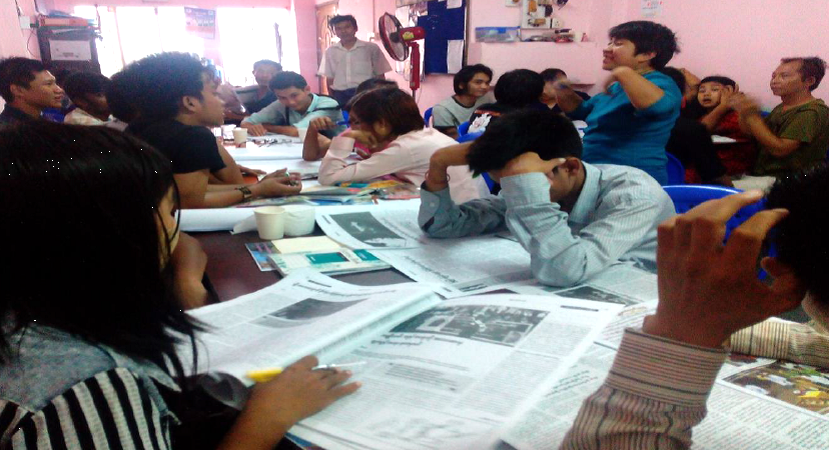 • Myanmar Network for Free and Fair Elections
As a young civil society organization, MYNFREL rapidly became a key stakeholder in elections related matters, and is now managing a media monitoring project for elections throughout a systematic analysis of national media (TV, radio and newspaper).
• Myanmar Network for Free and Fair Elections
As a young civil society organization, MYNFREL rapidly became a key stakeholder in elections related matters, and is now managing a media monitoring project for elections throughout a systematic analysis of national media (TV, radio and newspaper).
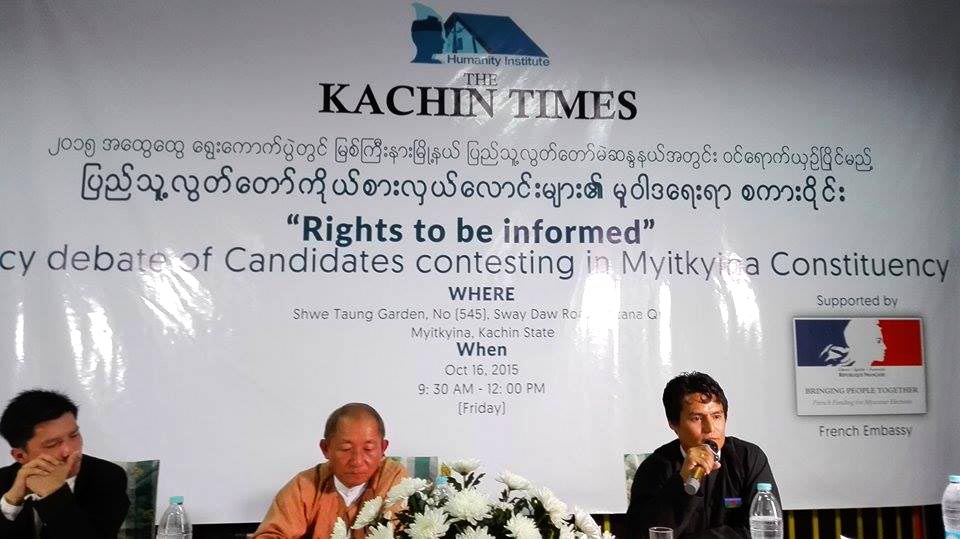 • Humanity Institute
Formed in 2012 by a youth group from Kachin State (Nothern part of Myanmar), Humanity Institute gathers today a University, a monthly magazine (the "Kachin Times") and a very active NGO. The later ensures long term observation of elections in Kachin State, including media monitoring and D-Day observation. Furthermore, they organized 4 political debates, unique in this country in transition.
• Humanity Institute
Formed in 2012 by a youth group from Kachin State (Nothern part of Myanmar), Humanity Institute gathers today a University, a monthly magazine (the "Kachin Times") and a very active NGO. The later ensures long term observation of elections in Kachin State, including media monitoring and D-Day observation. Furthermore, they organized 4 political debates, unique in this country in transition.
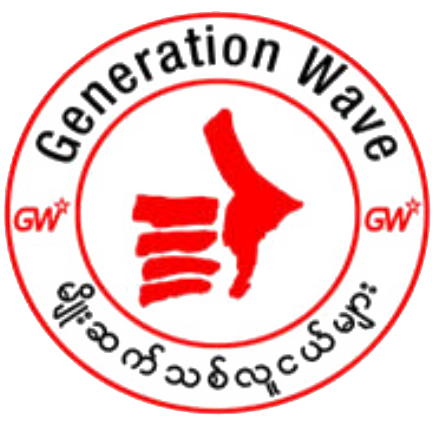 • Generation Wave
Those young activists decided to involve in election's observation. They will cover Bago's region, central Myanmar, with more than a hundred of observers - half of them being women - on election's day, coming 8th of November.
• Generation Wave
Those young activists decided to involve in election's observation. They will cover Bago's region, central Myanmar, with more than a hundred of observers - half of them being women - on election's day, coming 8th of November.
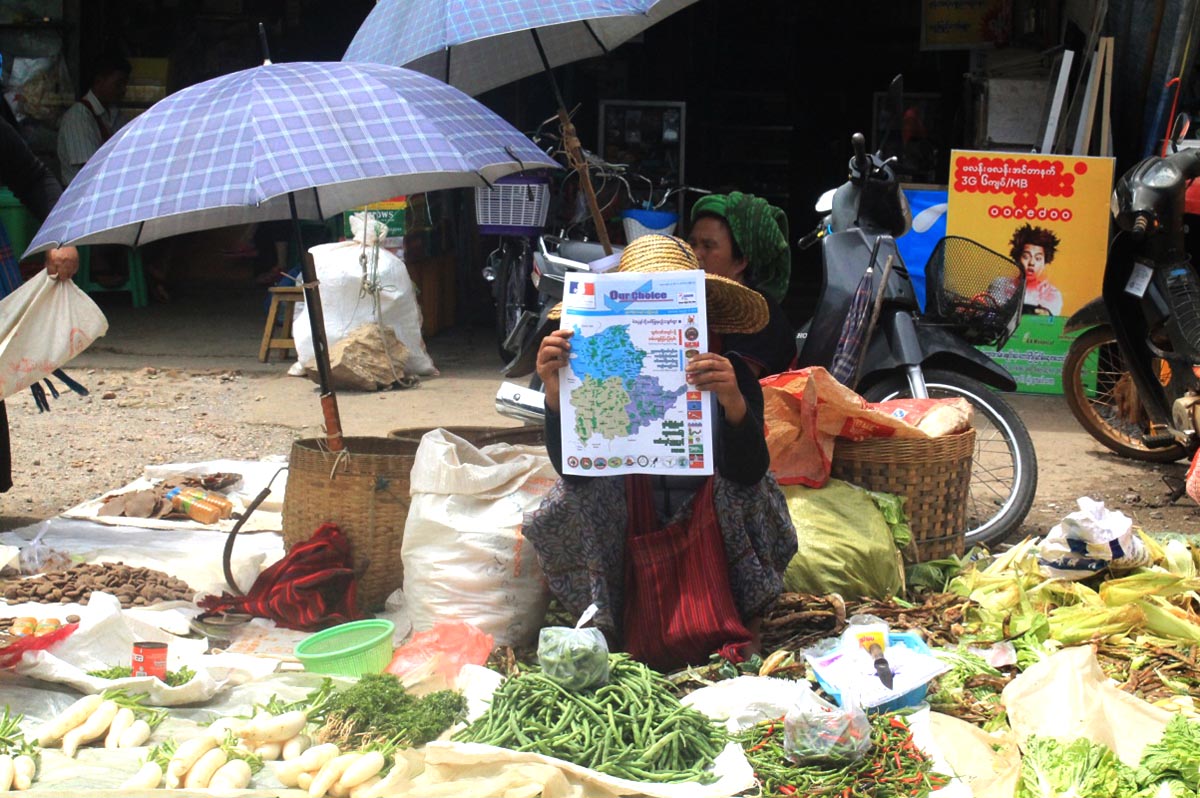
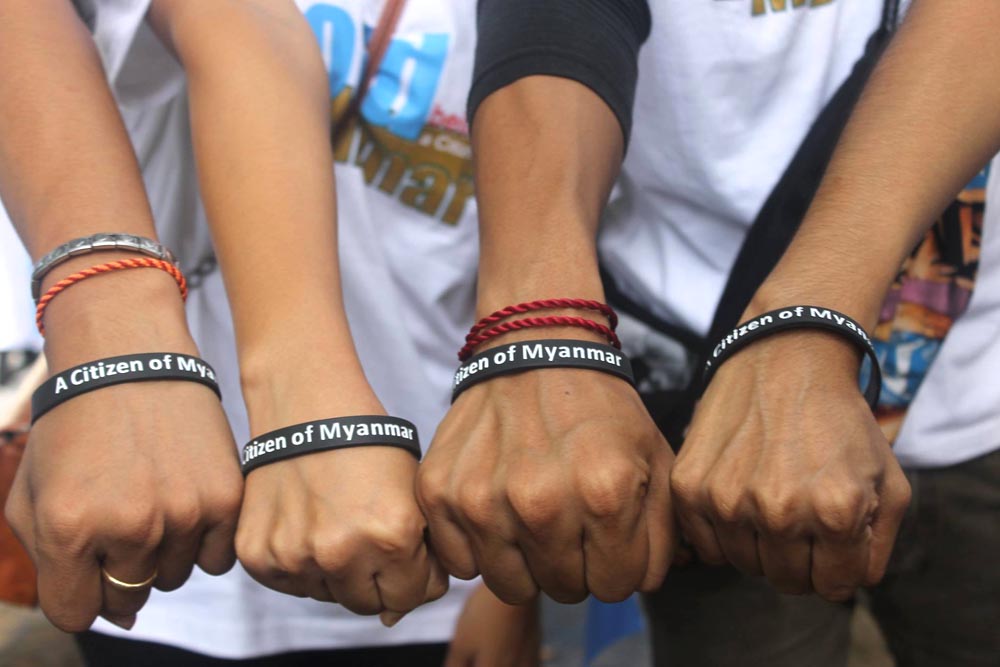 • Centre for Youth and Social Harmony
This youth group is going to launch a mobile application on civic education, "I Myanmar citizen", few days ahead of the elections, with not only information on history, geography and the Constitution of Myanmar, but also with a quiz on civic education and an interaction module with members of the Parliament.
• Centre for Youth and Social Harmony
This youth group is going to launch a mobile application on civic education, "I Myanmar citizen", few days ahead of the elections, with not only information on history, geography and the Constitution of Myanmar, but also with a quiz on civic education and an interaction module with members of the Parliament.
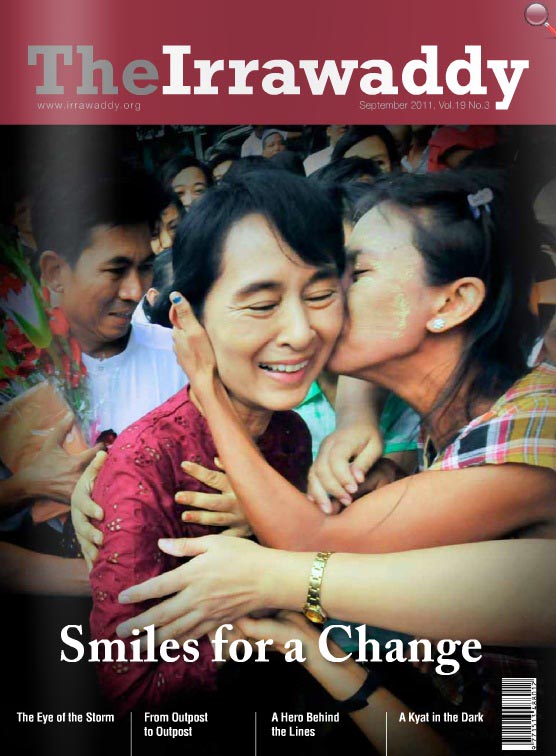
• The Irrawaddy Magazine As one of the main magazine and website for news in Myanmar, The Irrawaddy has set up a specific plan for election's covering since July, including a special page on its website.
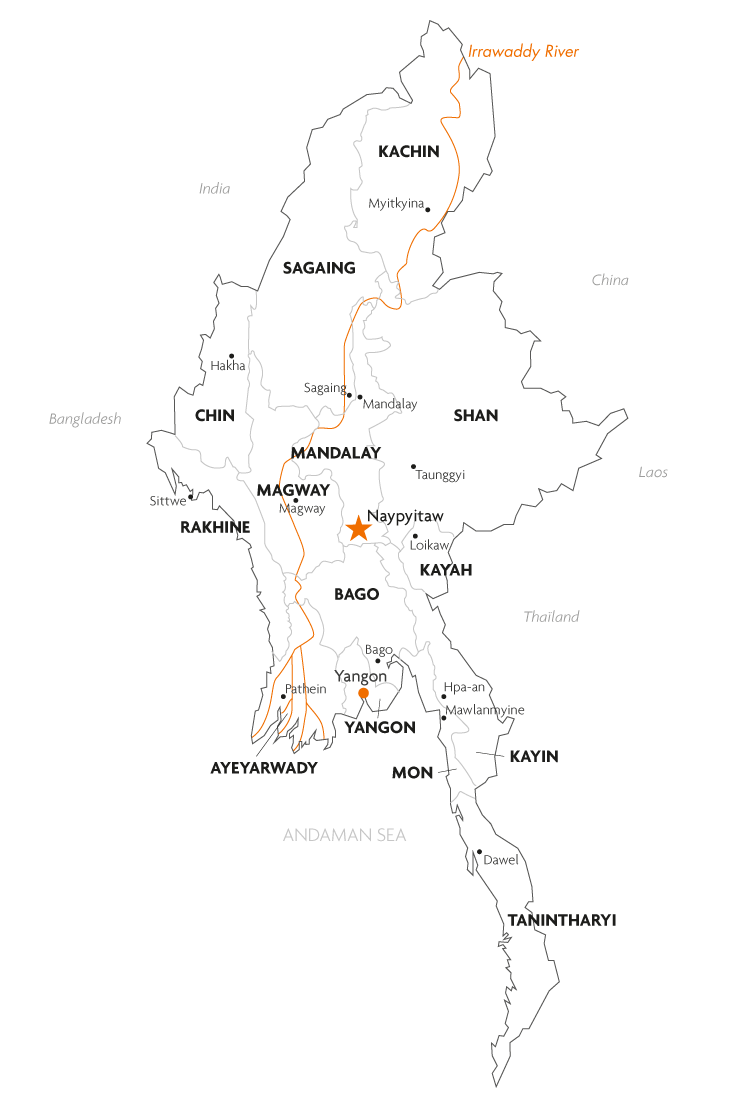
Click to enlarge
With its surface of 676,578km², Myanmar is the second largest country of the South-East Asia. The country is at the crossroad of Asia, next to the Indian subcontinent, as well as at the border of China and South-East Asia.
The Irrawaddy river, which is the symbol and the spine of the country, flows from North to South of Myanmar on almost 2,170km.
Unity and diversity are more than mere abstract concepts in Myanmar. Though the country tends to be depicted under the features of an apparent geographical and political unity, Myanmar’s actual situation is more complicated.
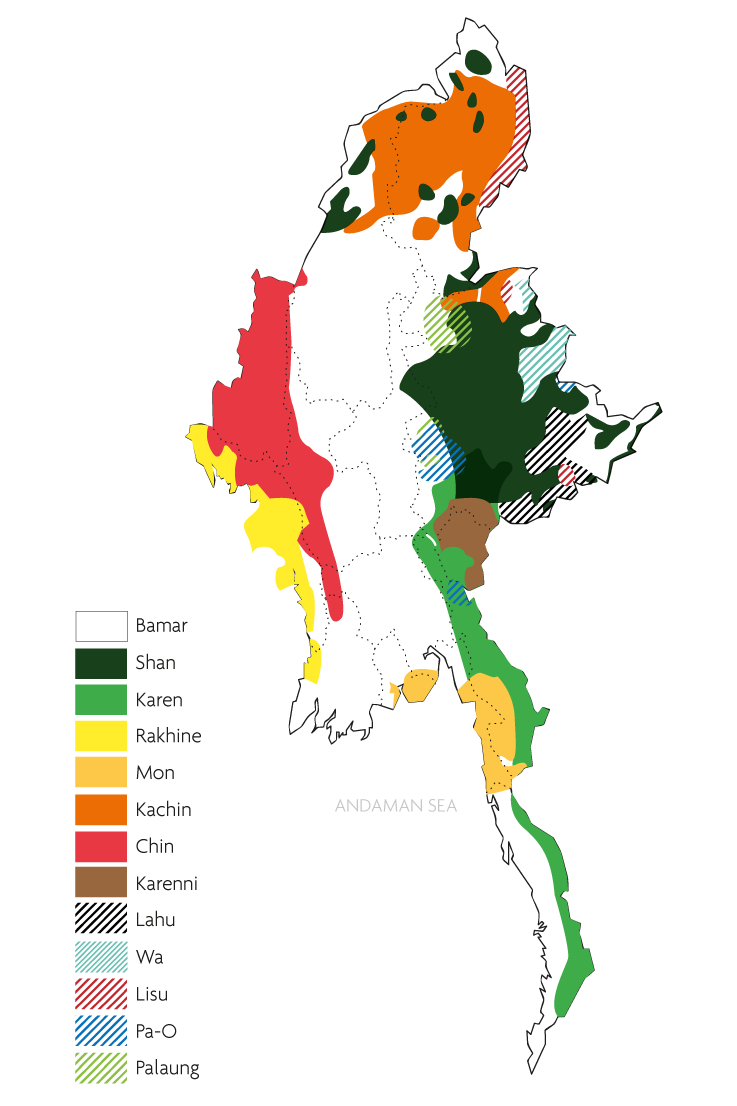
Click to enlarge
According to the 2014 census, the country counts officially 51,5 millions of inhabitants, in majority Bamar. This ethnic group dominates the country both demographically and politically. Bamar are traditionally mostly located in the central regions: Yangon, Irrawaddy, Bago, Mandalay, Sagaing, Magwe and Tanintharyi.
On top of those seven regions one has to add seven so-called “ethnic states”: Kachin, Shan, Kayah, Kayin, Mon, Chin and Rakhine, which are the original lands of most of the minorities. They represent approximately one third of the total population, and mostly live in the hilly areas, essentially in border regions. Since their lands are rich in natural resources, they arouse keen interest. The languages, beliefs, customs and value systems of these ethnic groups are different from the Bamar ones, which the successive governments tried to impose over the years to unify this multi-ethnic mosaic.
The current government officially recognizes 135 ethnic groups in a country slightly larger than France. Having to deal with such a mosaic, the central power always tried to unify the country from the independence of 1948, politically when possible, militarily when it met resistances. Some ethnic groups, especially those who practice the Buddhist religion as the Bamar, tend to maintain good relations with the central State. Others still are in open conflict against it – such as the Kachin – so that a peace process is still on progress in the country, some 70 years after Independence!
Because of its complexity and its destabilization potential, management of the ethnic and religious diversity has become a decisive factor for Myanmar’s future. Whereas the Army unified the country thanks to the Buddhist religion and a project of Bamar-dominated centralization, the contemporary government must hold this fragile mosaic in place, without using military pressure. Within the recent progresses towards democracy, the Myanmar leaders must now find a creative model where local particularisms can find a way to exist, in a unified – but not homogenous – nation.
The first difficulty when talking about this country, is to give it a name. Indeed "Burma" in English, is not the official name of the country anymore since June the 18th 1989. The Burmese military regime promulgated the 15/89 Law to "Burmanize" the names of the cities, rivers, mountains and administrative regions. This is why the country became the "Union of Myanmar", to show its emancipation from the British colonial heritage. The junta affirmed then that the term “Myanmar” could include all minorities in opposition to the term “Burma”, referring to the dominant ethnic group, the Burmans (or Bamar). The term “Union” was supposed to underline the unity of the country, and its population, particularly valued by the Army. Several members of the international community refused to consider this new name as legitimate, in order to show their opposition to the former dictatorship, which had just violently dampened the students riots for democracy. Great Britain and the USA tend to keep on using the term “Burma” for political concerns.
In the context of the One Myanmar project, we decided to use the official name "Myanmar" for the country, and "Yangon" for the former capital “Rangoon” – after 1989.
The word "Burmese" qualifies Myanmar’s inhabitants, when "Bamar" is referring to the members of the main ethnic group. For the names of ethnic groups, we strive to use the most commonly used names. In the same way than Claude Levi-Strauss did, we choose to make ethnic groups names invariables, whether they qualify an inhabitant or they are nominalized.
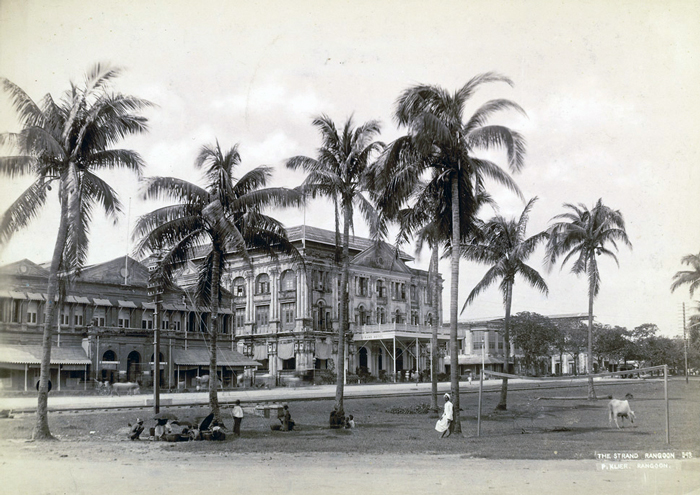
The Strand Hotel built in Rangoon in 1896
is still a famous hotel of Yangon today.
Philip Adolphe Klier
The 2015 General Elections are considered by many as the ultimate test for the Burmese democratic transition. The political scene has started a mutation for the last few years, that materialized in the suspension of the media censorship, the restoration of a multiparty system, and the liberation of political prisoners. And it keeps on evolving at a fast pace.
These elections will be using a voting system inspired by the British "First-past-the-post" system. The candidate getting the largest number of votes will be elected. Not only the 168 non-military senators of the Upper House (Amyotha Hluttaw) and the 330 non-military deputies of the Lower House (PyitThu Hluttaw) of the Parliament will be appointed for 5 years through these legislative elections, but also the members of the 14 regional assemblies. Then the members of Parliament will elect the president, choosing among three candidates selected by a College of members of Parliament and military representatives.
However, according to the 2008 Constitution, the Army keeps one quarter of the seats at the Parliament for its members – and one third in the regional assemblies, so it remains very powerful in the political decision-making process.
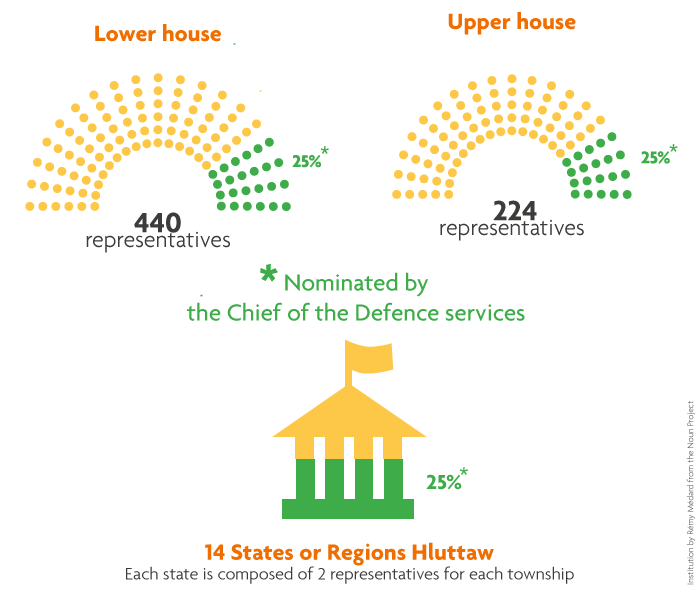

A vast number of candidates – more than 6 000 registered – representing a myriad of political parties. However, the ballot will mainly be structured around a binary opposition between the party in power, the USDP, which hopes not to lose face and to keep its influence, and the National League for Democracy (NLD), led by the famous Aung San Suu Kyi. The leaders of the USDP party, many former members of the junta, have bet on recent democratic progresses to improve their reputation. Yet, the NLD remains the favorite for the ballot. Nevertheless, even if Aung San Suu Kyi may be elected as Member of Parliament, she cannot become president according to the 2008 Constitution, as having foreign relatives being a mother of foreigners.
Next to this duel, those that are often referred to as so-called “ethnic parties” offer themselves as local alternatives to these two giants. They count for almost two thirds of the 93 registered parties and their aim is to have the interests of the minorities prevail locally.
These Voices of Change illustrate in their own way the hopes, fears and doubts of the Burmese, on the eve of elections that will be a key step for Myanmar’s future.
After more than half a century of military dictatorship, Myanmar is experiencing since 2010 an unprecedented political transition since the country’s Independence in 1948. The first semi-civilian government started to assume duties in March 30th 2011. Since then, it has been trying to pacify the country, which had faced the longest civil war of history for more than 60 years, and to reform the economy sector that was inherited from an outdated state-backed system. Therefore, the next years appear to be decisive for the transformation of both the political and the social landscapes. On the longer term, the turbulent history of Myanmar since its independence can explain the context in which expectations were aroused by the 2015 General Elections.
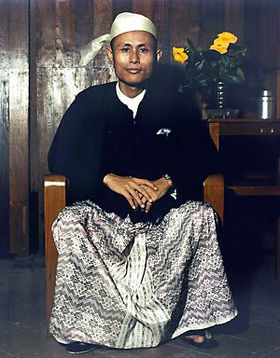
General Aung San in the 40's
In 1886, most of burmese territories passed under British control. The colonial administration dismantled the pre-existing power systems and essentially relied on some ethnic minorities, which were considered as more loyal to the British than the Burmese.
The struggle for decolonization left a bitter taste to the Burmese. In 1942, the one who will become General Aung San, national hero and founder of the modern Burma, takes part to the Japanese invasion together with the group of the "Thirty Comrades" in order to get independence for the country. He then turns against the Japanese, and starts negotiating the decolonization with the British administration. On January the 27th 1947 the « Aung San – Attlee » agreement is signed, which plans independence of the country within one year. The main concern of some British leaders, as well as Burmese ones, remains the cohesion of the new nation, which is populated by numerous ethnic groups. Historically, the inter-ethnic relations are marked by series of complex alliances and conflicts, and they barely have been subjected to any centralization attempt.
In February 1947, a conference takes place in Panglong, a small city in Shan State. It brings representatives of ethnic groups together, and reach an agreement based on the promise of equality among the peoples of Burma. According to the famous words of Aung San: "If a Bamar receives one kyat (the local currency) you will receive one kyat too." Until today, the ethnic minorities’ political demands are based upon this agreement.
On July the 19th 1947 General Aung San is assassinated. The hero of the independence never saw the achievement of his work.
On 4ht January 1948 Burma becomes independent. U Nu becomes the Prime Minister of a government with a parliamentary system. The Independence was botched. The newly formed State did not respond to social, political and ethnic expectations. With divergent interests of the various ethnic groups, civil wars soon break out, tearing the country apart. Insecurity spreads and the Burmese Army will have difficulty in containing the Mon, Shan, Kayin and Kachin groups which rebel one after another against the central power.
In the early 60’s both the economic, political and security assessments of the first years of Independence are terrible.
In 1962 after overthrowing the civil government, the Army takes over power. General Ne Win, also member of the "Thirty Comrades" and former ally of Aung San, runs the country according to the “Burmese way to socialism”, a doctrine mixing Buddhism and socialism, with a unique party system. To foster a greater national cohesion, he intends to ethnically and religiously unify the country. The Army, main actor of the nation-building, is not able to settle the ethnic issues and uses coercion, which exacerbates its unpopularity.
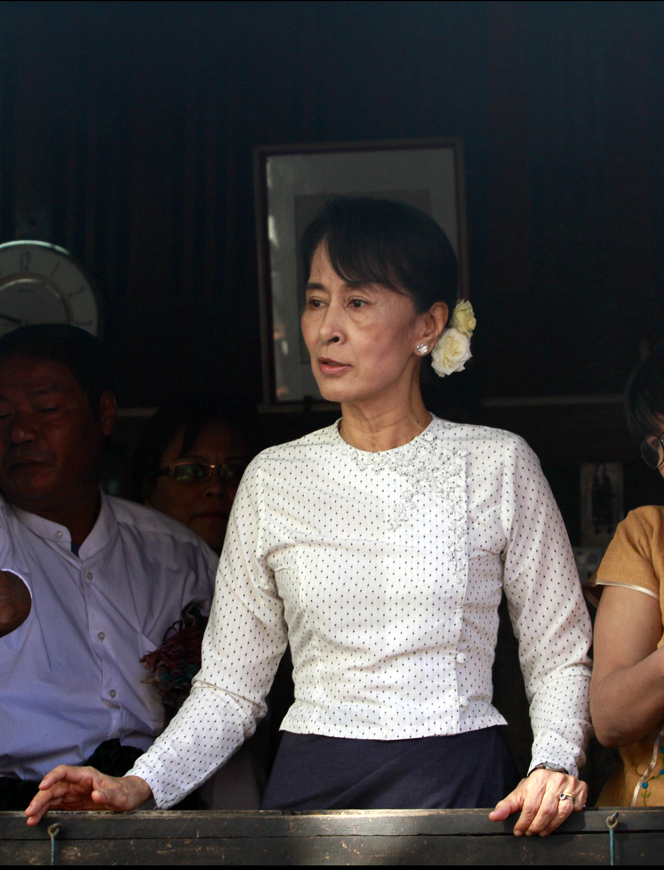
Aung San Suu Kyi gives speech to her supporters on the 17th of January 2012.
cc Htoo Tay Zar
In 1988 popular uprisings lead to the Ne Win’s resignation. A junta called "The State Law and Order Restauration Council" (SLORC) takes power. Aung San Suu Kyi, daughter of the General Aung San, enters politics during a visit to Burma (at that time she was living in London with her British husband), when public uprisings protest against military rule. She soon will embody the democratic hopes of the whole country. The junta accepts to organize parliamentary elections in 1990 but refuses to validate its result. The National League for Democracy, party from which Aung San Kyi became the general secretary, indeed gains a landslide victory, with 80% of the seats at the National Assembly. Since July 1989, Aung San Suu Kyi is under house arrest and will stay there during 6 years before being, temporarily, released. From her house in Yangon, she will learn about her electoral landslide victory. From her house too, she will hear that she has received the Nobel Prize in 1991. Yet, Myanmar will slowly evolve away from its isolationist habits. In July 1997 the country strengthens its links with regional partners and becomes a member of the Association of the South-East Asia Nations (ASEAN). The junta attempts to improve its image and changes its name into “State Peace and Development Council” (SPDC) in 1997. The political opposition nevertheless remains systematically put down and jailed, and the population is under constant State surveillance.
In 2003 Khin Nyunt is named Prime Minister and announces his "Roadmap to a discipline - flourishing democracy", which plans a seven step transition towards democracy. Meanwhile, the country slowly opens up. Gradually, Internet penetrates the country and so does an increasing information flow from the outside world.
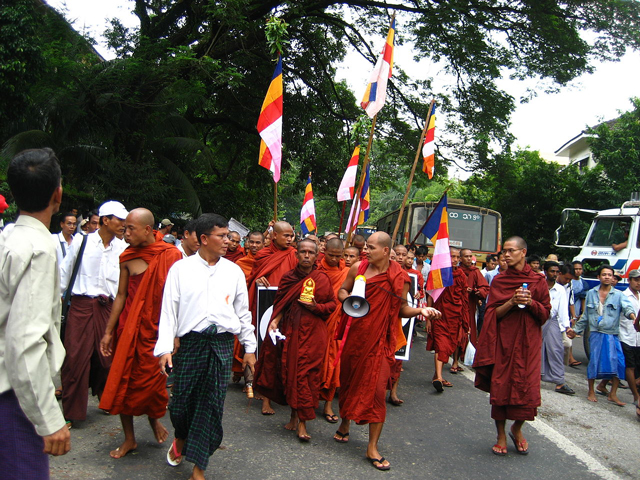
Monks protesting in Yangon during the 2007 uprisings.
cc Juan Pablo Arancibia Medina
The year 2007 is marked by demonstrations - later on called "Saffron revolution" - following a sudden price increase. The Buddhist monks go out to the street beside demonstrators to defend their cause. The next year the cyclone Nargis devastates the Irrawaddy Delta, killing at least 138 000 people. This natural disaster takes place just before a referendum which will lead to the adoption of the much controversial Constitution, which secures the role of the Army within the new democratic institutions of the country.
The parliamentary elections of November 2010, the fifth of the seven steps of the "Roadmap", are followed by the release of the emblematic Aung San Suu Kyi. The new President, Thein Sein, is enthroned in March 2011. He will soon organize the liberation of political prisoners and the signing of ceasefire agreements with ethnic armed groups. Besides, the new parliament launches a reform on the legal framework, improving the freedom of expression and facilitating, among others, foreign investments. Then, in April 2012 By-elections, Aung San Suu Kyi and 41 members of her party, the LND, are elected to the parliament, thereby confirming the unequaled scale of the reforms. Yet the Myanmar political scene remains under the domination of the Army, experiencing a transition in many respects under its control.
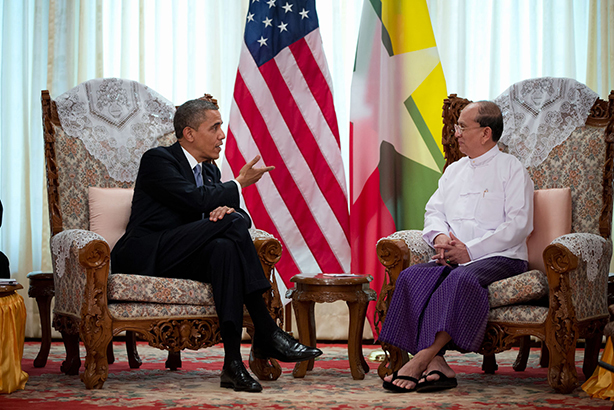
Thein Sein and the American president Barack Obama at Yangon on the 19th of November 2012.
cc Pete Souza
After 60 years of military dictatorship, a country on its way to democracy…
ONE MYANMAR is being released at a time of unprecedented attention on Myanmar. After half a century of military dictatorship, the country has been experiencing for four years a major political transition. While the 2015 elections (scheduled on 8th November) are considered as the ultimate step of the country’s democratic transition, ONE MYANMAR depicts a much more complex reality through the testimonies of Burmese from all backgrounds. What does it mean to be a Burmese today? Who are these ethnic groups with strange and sometimes unpronounceable names one can read about in the international press? What does political transition mean to them? Are the current political upheavals occurring in the country signs of a genuine democratic transition that would benefit all its inhabitants ?
ONE MYANMAR offers :
ONE MYANMAR breaks down into 3 complementary formats :

• One Myanmar, The Voices of change
A web-documentary offering an overview of the political and economic situation of the country on the eve of its elections, through 10 portraits of Burmese, witnesses and actors of the transition.
• One Myanmar, The faces of transition
A beautiful book of photographs, illustrating and putting the Burmese unity and cultural diversity in question.
• Unity and diversity, challenges of the Burmese transition
An essay on the sticking points in the democratic transition and the political problems related to ethnicity.
Chief operator and videos:
Alice Desplats, assisted by Rodolphe Chauvin
Editing :
Alice Desplats and Mikael Ferloni
Graphic creation, webdesign and integration :
Logo and One Myanmar font :
Additional editing:
Vanessa Giangrande
Jingle :
Theme song :
Geoffroy Houssin
Translation and English subtitles :
Pauline Plancq
Translation and Burmese subtitles :
Min Taw
Additional photographs :
Rodolphe Chauvin, Michelangelo Pignani, Htet Maung Oo
Millions of thanks to Saya Renaud for sharing his knowledge from Myitkyina, to Naypyitaw; to Maël and Romain for their enthusiasm and their useful comments; to Michel Baumgartner for his rigorous corrections on spelling and style, very useful when you are typing with a QWERTY keyboard; to Thusitha Perera for his attentive proof reading; to Pyae Sone and Min Taw for their kindness, good mood and help at any time ; to Jessica and Max for their hospitality ; and eventually to our friends who believed, followed and contributed to One Myanmar’s adventure !
Warning :
The comments of the interviewees contained in this documentary only represent the opinion of their authors and do not commit the directors of the documentary in any way.
Contact us : contact@mkfeditions.com
All the information broadcast on the website “one-myanman.com” is the property of MkF editions. More generally, MkF editions can neither guaranty the quality and the compatibility of the website for a specific use, nor the fact that the website is comprehensive or free of any mistake. Users are responsible for their use of the website, in accordance with the regulations in force (Law n°78-17 of January 6th, 1978, relating to data processing , filing and civil liberties, called “Loi Informatique et Liberté”).
The website one-myanmar is a publication of :
MkF éditions.
“E.U.R.L.” egistered at the Commercial Register of Paris under the number 508 136 504, with a capital of 1 000 Euros.
ntra-community VAT : FR10508136504
Headquarters : 1, rue Maison Dieu, 75014 Paris – France
©MkF éditions, 2015.
All reproduction rights are copyright for organizations and legal successors.
One-myanmar.com is hosted by:
OVH
SAS with a capital of 10 000 000 €
RCS Roubaix – Tourcoing 424 761 419 00045
Code APE 6202A
N° TVA : FR 22 424 761 419
Headquarters : 2 rue Kellermann – 59100 Roubaix – France.
Publication director : Octave KLABA
© MkF éditions, 2015. All rights reserved.


